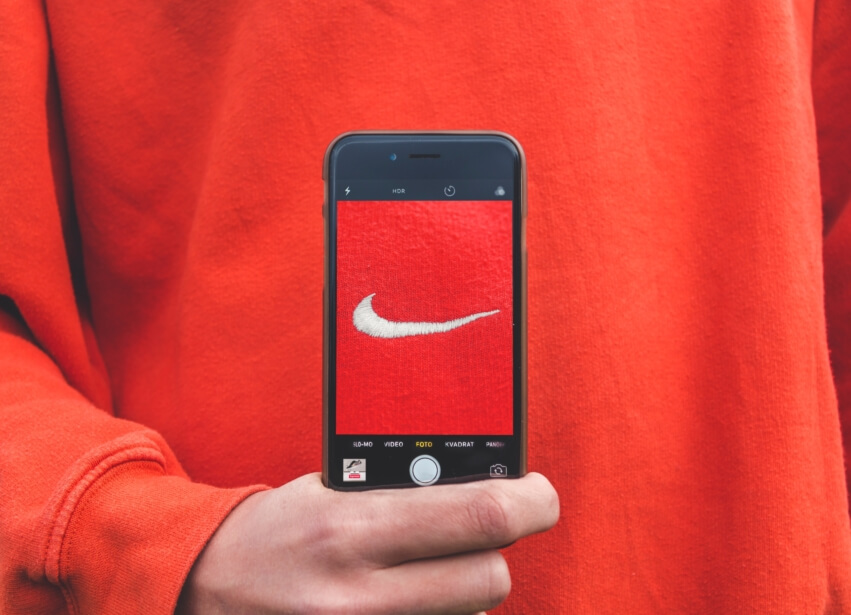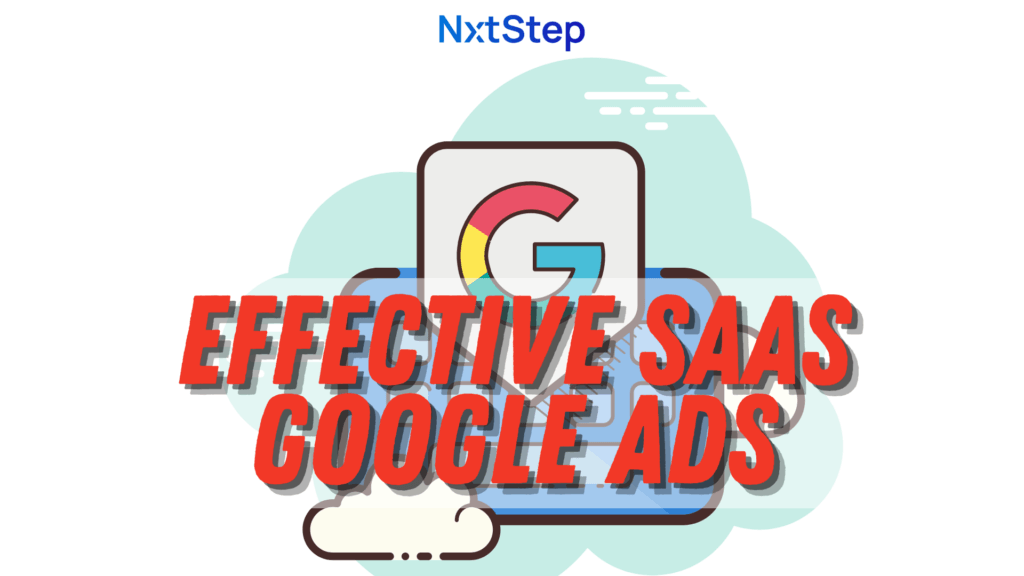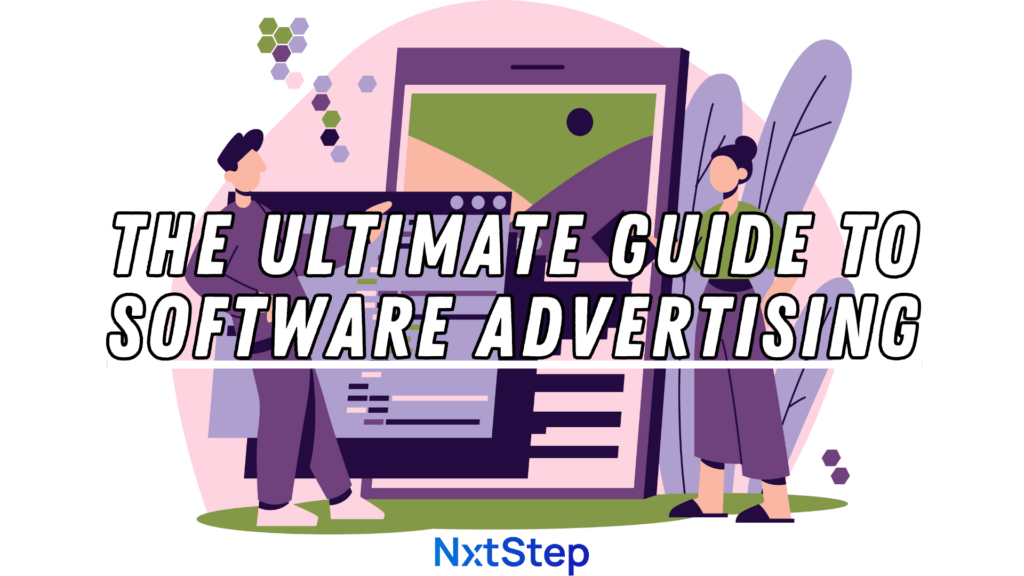When preparing to build a new product business, much attention and time is spent on what to call our fancy new product. The good news is, I’m going to simplify this for you right now and give you some time back. First, some background.
If you’ve ever agonized over what to call the product for your new software product business, don’t worry because you’re not alone.
Much of what is published today, focuses on naming and branding. The hit HBO series show, Silicon Valley even had an episode dedicated to naming. Rather hilariously I might add.
So what should you call your new latest and greatest software product? It is critical for success, right? Not quite. Well, at least not yet.
For anyone that’s in the early stages of building a product business, you may have noticed that there is a lot of pressure to focus on naming and branding. Don’t fall into this trap. This is a common anti-pattern (pitfall) in product development.
However, please realize that these topics, naming and branding, are NOT marketing. Don’t confuse these categories. Marketing is much closer to selling, which IS very important in the beginning of building your product business. However, naming and branding should be thought of as secondary to marketing and selling.
Why is this?
Naming and branding don’t get you data. Marketing and selling get you lots of data. In the beginning of building our business, we need data. This is why marketing is much more important than naming and branding. Also, naming and branding heavily rely on this data to be effective.
Positioning is hard. Don’t make it harder.
Don’t double your efforts right off the bat by planning to create positioning around your business AND your product. It takes a long time and a lot of data to get this right. Let’s take a look at an example so you can see what I mean. We’ll use the German automotive manufacturing company BMW for this example.
When you visit the BMW USA homepage. Prominently displayed in the top left hand corner of the screen, under their signature logo a distinct phrase that we’ve all heard before – “The Ultimate Driving Machine”. This is the positioning for their brand.

Get our awesome product content delivered daily-ish to your inbox
If you wait for the homepage marquee to begin scrolling, they will begin to highlight different products (vehicles) from their portfolio for you. In each of these examples, we find distinct product positioning for that specific product.
The first one focuses on their M Series of vehicles – their performance models. The text that hits you right away is ‘Paramount Performance’. You are also shown a picture of a road with two BMW M model vehicles that appear to be racing. A very consistent message being delivered here – performance is our speciality.
The second product in the scrolling marquee focuses on the X series of SUVs from BMW, in particular the X1. For those that are unaware, more recently demand in the market has risen for lighter and smaller SUVs. The X1 is BMW’s answer to these demands from the market. The text seen on this page is, ‘Courageous and Compact’. The image you see is the X1 traversing off-road. The message here is also clear – this product can take you anywhere in an efficient form factor.
My point being that each of the products in the BMW portfolio have very distinct positioning and that each roll up into the overall positioning for the brand – ‘The Ultimate Driving Machine’.
You won’t have the kind of data you need to make intelligent decisions here for a while. So until then what should you do?
Your Company IS Your Product
In the beginning, it is best to market your product and company as one. Your positioning strategy should remain this way until your first product has been deemed successful based on the data you get back from the market. Even then, you shouldn’t split the positioning up between your company and product. Only after you identify a market need for a second product would this be a consideration.
When you are ready for this step, keep in mind that you will need to create distinct product positioning around each product in your portfolio AND your company separately. You must consider every product in your portfolio when considering how to position your company. If new products challenge the old company positioning, then you must update it to remain consistent.
Want to know more about positioning your product? Let’s talk it through, email me at sean@nxtstep.io or visit us on the web at NxtStep.
To get product stories like this one delivered right to your inbox – sign up for my emails or subscribe to my YouTube channel.
Ready for your product to be rescued? Check out Product Rescue from NxtStep.







